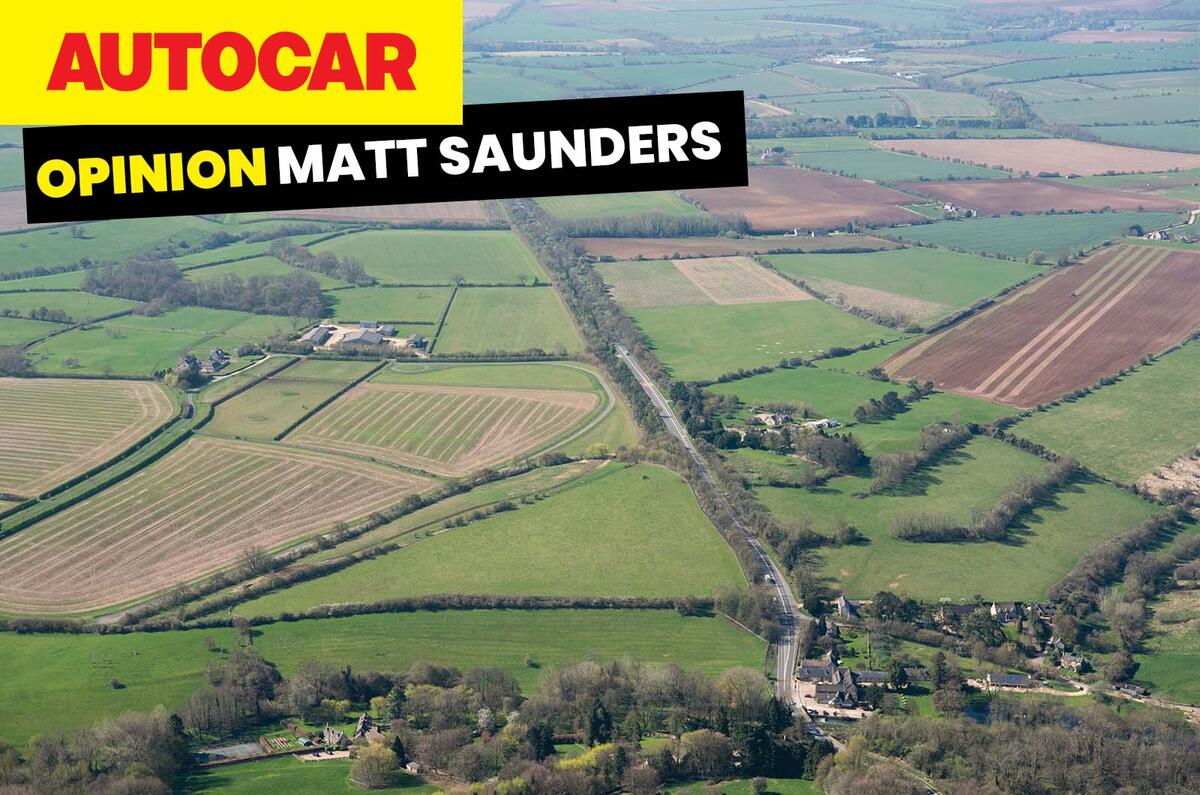A little over 20 years ago, before speed cameras and carbon emissions and mandatory electronic reminder buzzers all began doing their best to change motoring enthusiasm profoundly for the worse, Honda commissioned some research into the UK’s favourite driving roads.
More than 2000 respondents nominated the likes of the A686 out of Penrith, the A69 across the Pennines and the Yorkshire Dales’ Buttertubs Pass for a list that became known as ‘The Tarmac Oscars’.
That survey, incidentally, would shortly thereafter inspire an Autocar supplement called ‘The B-road Baftas’, edited by yours truly, whose greatest legacy was probably the strongly worded letter of complaint that it attracted from lawyers representing the British Academy of Film and Television Arts. But anyway…
When Honda’s survey results were reported, a 21-year-old me – still but an Autocar reader at the time, apoplectic of the rural Midlands – couldn’t figure out why the best driving road in the known universe had been overlooked.
What could be wrong with the Fosse Way, that storied stretch of old Roman magnificence that curves, rises and scythes its way across middle England, on an almost perfect north-east-to-south-west diagonal, like a glistening ribbon of fat through a porterhouse steak?
Too busy? Too straight? Not pretty enough? Piffle.
How could there possibly be 10 better driving roads in the UK? Back then, I was convinced that there couldn’t possibly be. Now? Let’s say I’m a little wiser and better travelled – and not quite so righteously indignant.
But the Fosse Way still holds a very special place in my heart, much as it’s now even busier than it was and, as anyone connected with JLR will know rather too well, has been dug up, punted around, remodelled and resurfaced more times in recent years than befits a national treasure.
The Fosse Way isn’t like other roads. It has several numbers for starters: A46, B4114, A429, A433, A367, to name but a few. It has junctions with equally wonderful other Roman roads: Watling Street, Ermin Street, Akeman Street.
And to drive: even on a bad day, there’s an unmistakable air of doggedness and soaring indomitability about the way it imposes itself on the landscape.
There’s a distinctly fast-European feel about the radii of the curves, when they do appear, and a striking sense that, when there’s a gradient to be climbed, it will be climbed bloody directly and then ridden on the way down again like a crest of a tidal bore.
Also, it’s, erm, quite straight in places, which means there’s – whisper it – overtaking to be had. Yes, even in 2024.
There’s also a sentimental element at play for me, because the Fosse Way wriggles right past the house where I grew up.
And so when I passed my driving test, aged 17, it was this road’s own special brand from which I drank my first few hundred miles of motoring freedom.
The Fosse Way might just have made me a petrolhead – and even today it’s still a rewardingly carpe diem sort of drive.




Join the debate
Add your comment
Sorry, no. Fosse Way is a complete PITA round here through Gloucs & Oxon. Endless interruptions from all the towns & villages to be crawled through. Nothing remotely 'European fast' road about it.
They deliberately changed the priority on some of those junctions so that the minor road took priority over the Fosse.
It spoils the flow of the Fosse but you can totally understand the dangers of people trying to previously pull out at poorly sighted junctions with Fosse drivers flying along at high speeds.
Some of the junctions on the Fosse, with their unique chequered boarding, can be a bit dicey though.